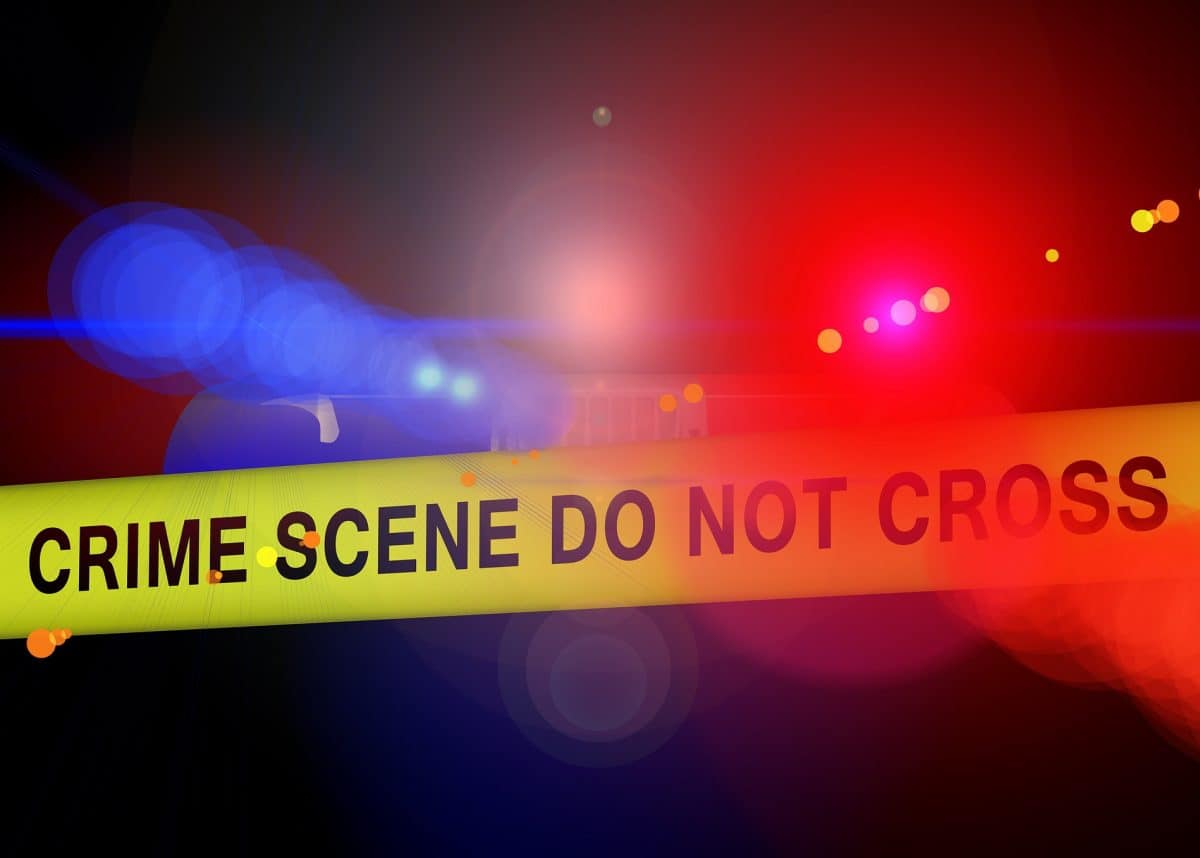Police in Sydney believe they have important new information that may help them to solve a 22-year-old cold case involving the death of a teenage boy in April 1998.
Arthur Haines, who was 13 at the time, died following a house fire that was deliberately lit in Waterloo in inner Sydney.
He had been sleeping over at his friend’s house and had plans to go with this friend to the Royal Easter Show the following day.
No one was ever charged with the crime
Despite an exhaustive investigation at the time, no one was ever charged in connection with the incident.

Now, however, detectives from the State Crime Command’s Homicide Squad say they have identified a ‘vehicle of interest’ that was seen at the rear of the property at the time the blaze was started.
Two men were in the vehicle and one got out and threw a Molotov cocktail into the house to start the fire. The vehicle then drove away.
The car has been identified as a white 1987 VL Commodore and police have now released photographs of a similar vehicle (see photos in this article) in an effort to jog the public’s memory.

New information about Molotov cocktail used
“If you saw this car, or have any information about it, we would strongly encourage you to come forward and assist investigators to hold those who are responsible for Arthur’s death accountable,” Homicide Squad Commander, Detective Superintendent Danny Doherty, said.
Detectives also uncovered new information about the Molotov cocktail used to start the blaze.
“We have received reports that there were a number of people present when the Molotov cocktail was being prepared prior to the fire,” Doherty said.
“It has been 22 years since this horrific incident took place and our message to those who were there, that now is the time to come forward and tell us what you know.”
Reward for information increased to $1-million
A $1-million reward is available for information that leads to the arrest and conviction of the person or people responsible for Arthur Haines’ death.
Last month it was announced that the NSW Government had increased the original $100 000 reward for information to $1-million.
This followed a decision in January to formally review the cold case and refer it to the State Crime Command for re-investigation.












